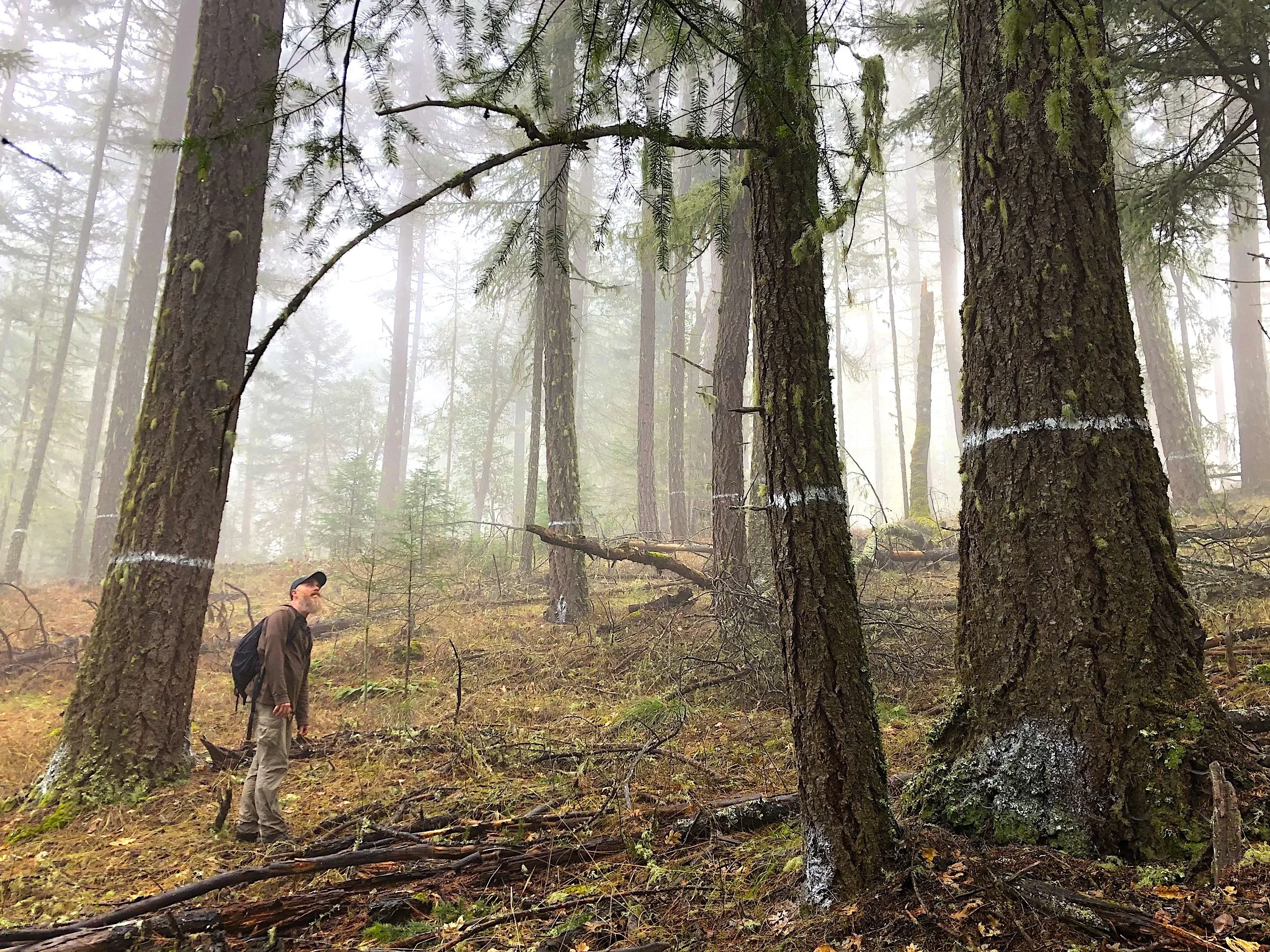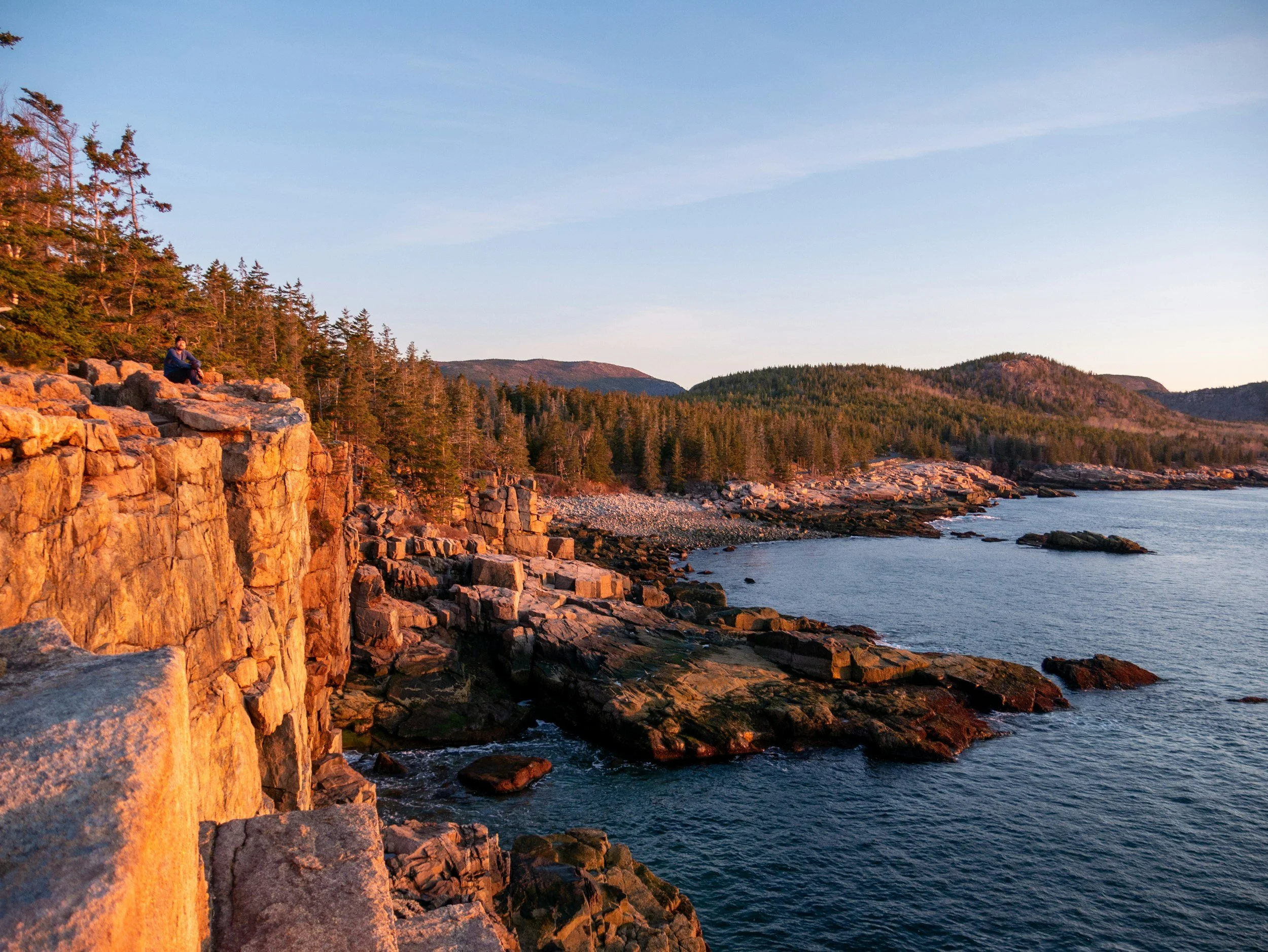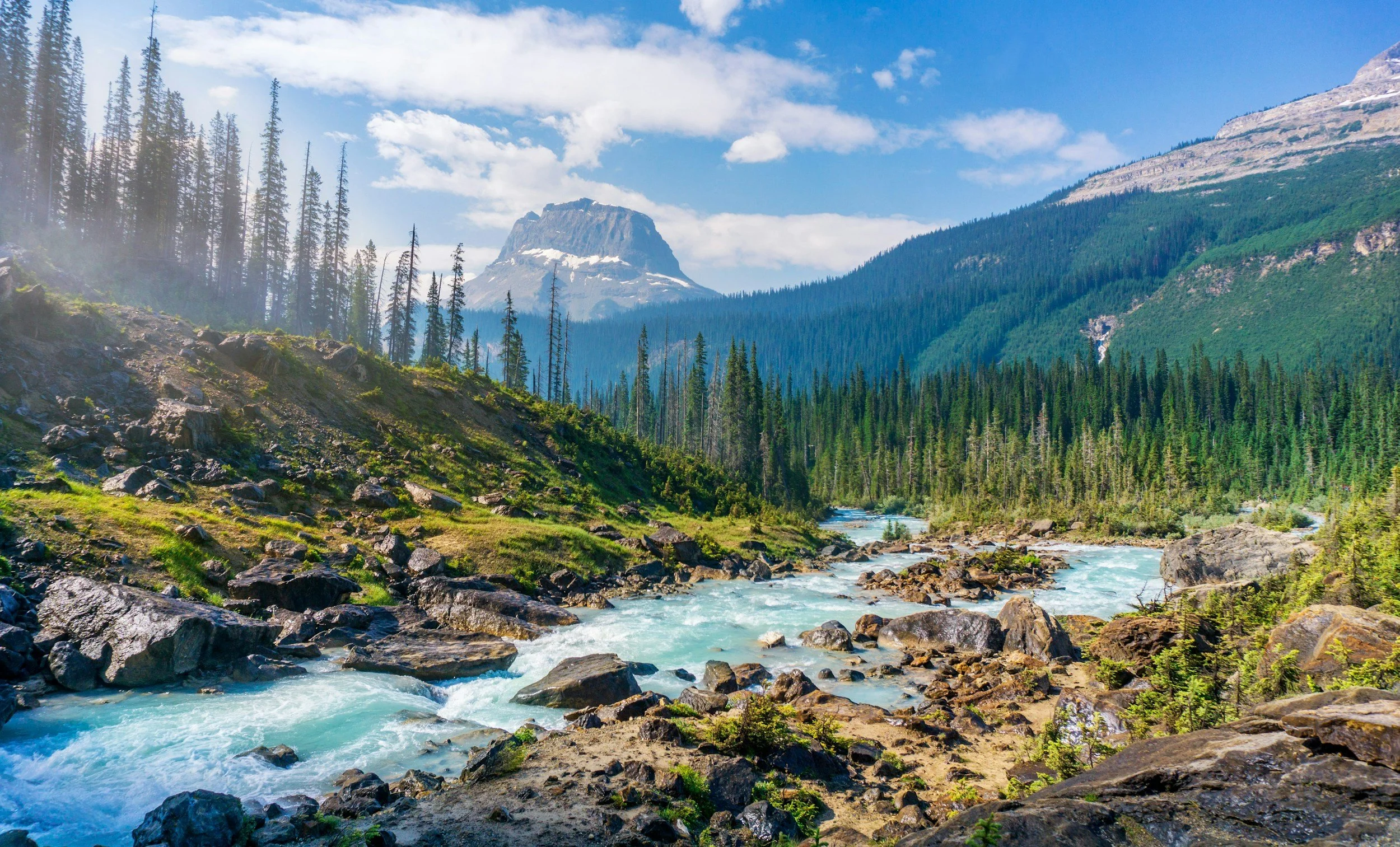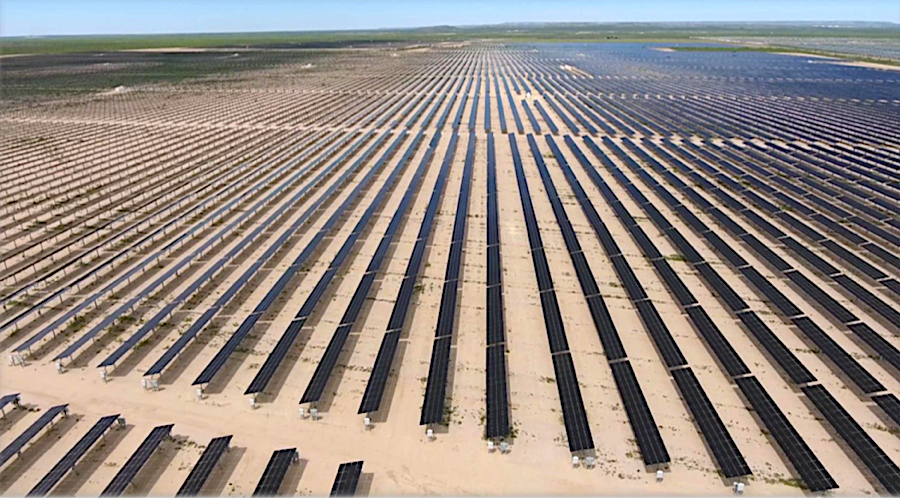Sort By Category
- 30x30
- Administration
- Antiquities Act
- Book Reviews
- Bureau of Land Management
- Climate Change
- Climate change
- Coasts
- Congress
- Counties & Federal Lands
- Courts
- Courts & Litigation
- Department of Agriculture
- Department of Interior
- Deserts
- Ecological Reserves
- Ecosystems
- Elections
- Endangered Species
- Energy
- Estuaries
- Federal Lands
- Fish
- Fish and Wildlife Service
- Forest Fires
- Forest Service
- Forestry
- Forests
- Grasslands
- Land & Water Cons. Fund
- Land & Water Conservation Fund
- Legislation
- Litigation
- Livestock Grazing
- Marine Protected Areas
- Marine Sanctuaries
- Mature & Old-Growth Forests
- Mining
- Nat'l Conservation Lands
- National Forest System
- National Marine Sanctuaries
- National Monuments
- National Monuments Act
- National Park Service
- National Park System
- National Parks
- National Recreation Area
- National Scenic Area
- National Trails System
- National Wildlife Refuges
Sort By Tag
- 1002 area
- 30x30
- 5th Amendment
- ANWR
- Acadia National Park
- Adam Smith
- Administrative Procedure Act
- Advancing Conservation and Education Act
- Alan Bates
- Alan Deboer
- Alaska
- Alaska National Interest Lands Act
- Alaska Native Claims Settlement Act
- Aldo Leopold
- American Forest Resource Council
- American Prairie Reserve
- American Tree Farm System
- American beef supply
- American black duck
- American woodcock
- Ammon Bundy
- Ancient Forest National Park
- Anders Eskil Carlson
- Andrea Salinas
- Andy Kerr
- Animal unit month
- Ansel Adams
- Antiquities Act
- Applegate Primitive Backcountry Area
- Aqua Fria National Monument
- Aquatic Conservation Strategy
- Aquatic Conservation and Riparian Strategy
- Arches National Monument
- Arches National Park
- Arctic National Wildlife Refuge
- Areas of Critical Environmental Concern
- Army Corps of Engineers
- Association of O&C Counties
- Astoria Canyon
- Astoria Fan
- Atlantic Coast
- Augusta Canal NHA
- Avarna Group
- Avi Kaw Ame
- BLM Conservation Rule
- BLM Zone 3 Lands
- BOEM Oregon Planning Area
- Baboquivari Peak Wilderness
- Baker County
- Bald Mountain Road
Presidents and National Monuments Mostly by the Numbers
As presidents near leaving office, more of their thoughts turn to legacy. How will history remember them? Though the history of conservation is but a fraction of the history of the nation, let alone the world, it matters to most presidents. Congress has empowered a president to be able to do great good for the conservation of nature and history for this and future generations.
Public Lands in the United States
The Merriam-Webster definition of “public land” encapsulates the broadest and the narrowest definitions: “land owned by a government; specifically: that part of the United States public domain subject to sale or disposal under the homestead laws.”
The Maine Woods: A National Treasure in Need of National Protection
A Maine Woods National Monument would be the embryo of a Maine Woods National Park that could grow in size and allow the trees to again grow as tall as they used to. Image by: Raphael Assouline @raph_asln
The Constitutionality of Federal Public Lands
The Bundys and their ilk disdain the federal government and deny it owns the federal public lands in the West. While they hate the federal government for its size, its actions and its policies, they nonetheless revere the United States Constitution. They believe the federal government (executive, legislative and judicial branches) has run amok from the intent of the founding fathers.
Why Public Lands
The national park idea, the best idea we ever had, was inevitable as soon as Americans learned to confront the wild continent not with fear and cupidity but with delight, wonder, and awe. Image by: Hendrik Cornelissen @the_bracketeer
No Room for Energy Production on Public Lands
While producing energy on public lands reduces our addiction to foreign oil—and if renewable energy, reduce the nation’s greenhouse gas emissions—energy exploitation also ruins the values for which most Americans hold public lands dear.
A Weekly Exploration of Federal Public Lands
The intent of this Public Lands blog is to each week give the reader a ~750-word exposition on some aspect of federal or state public lands in the United States. Some weeks you will a find a piece that goes rather deep and serves as a useful (I hope) backgrounder on particular areas, matters or issues surrounding public lands. Other weeks, you’ll find a topical piece addressing a public lands controversy of the moment.






